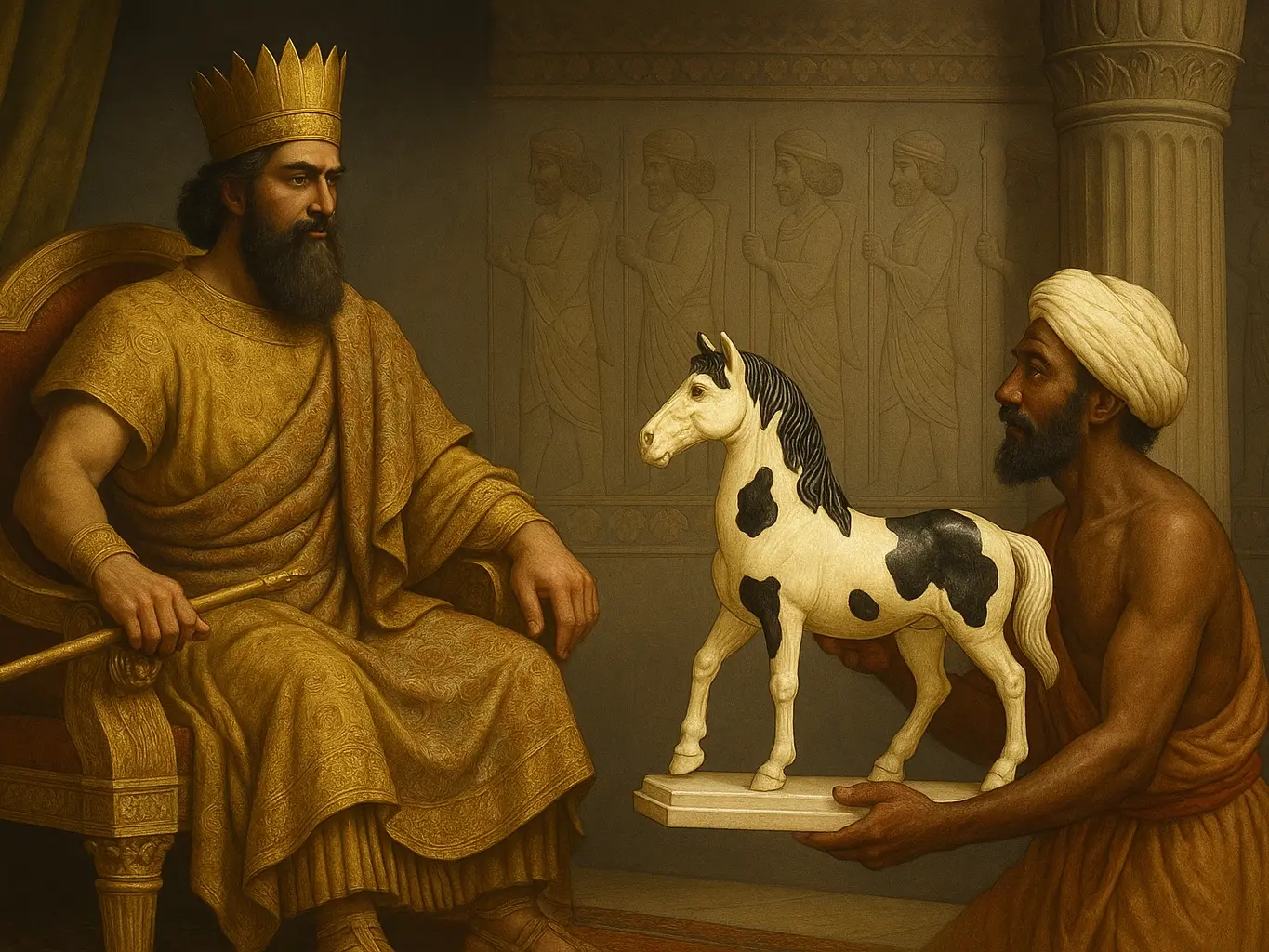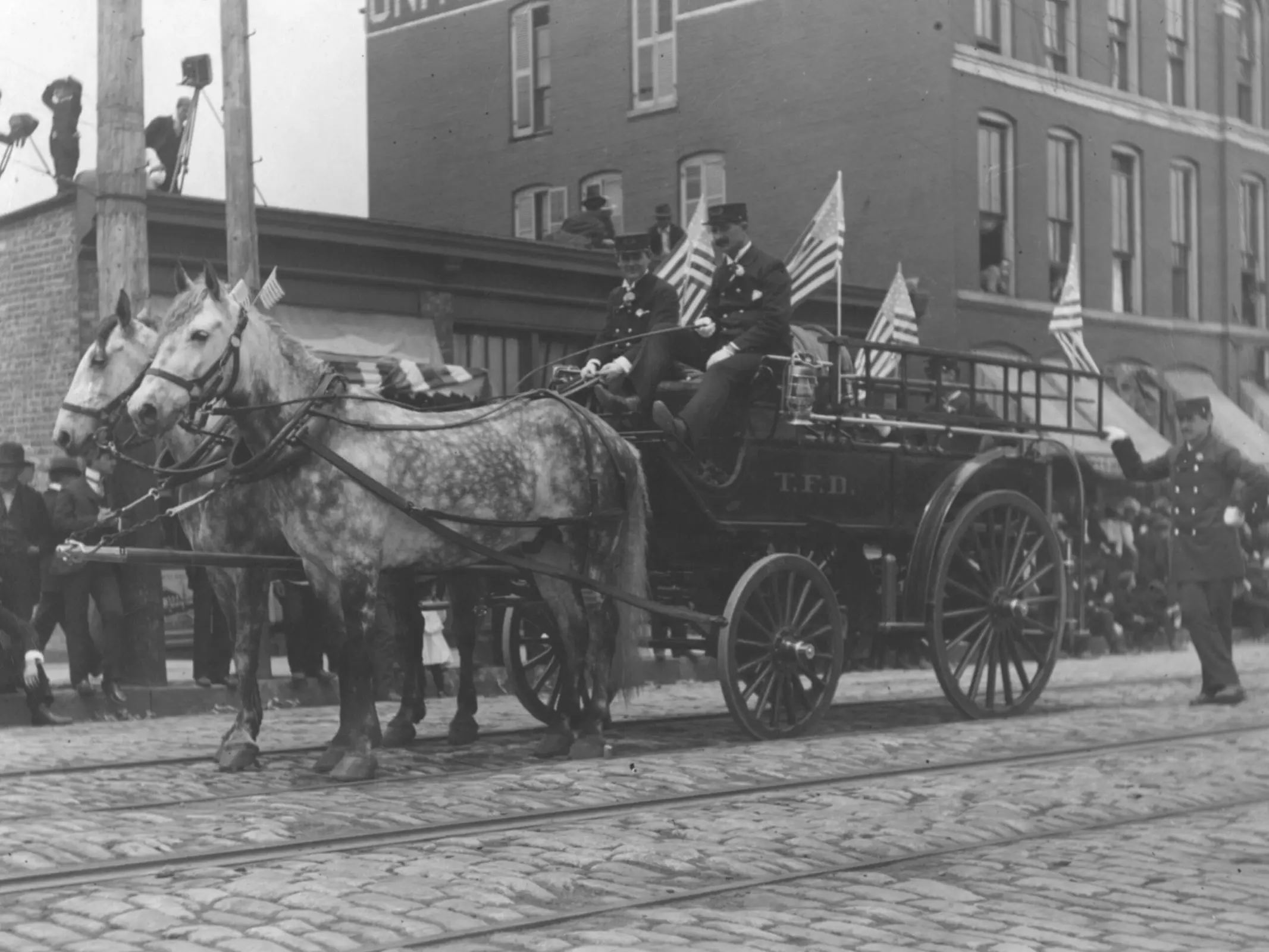
Taken in the Netherlands, this carriage is dolled up for a flower parade on a day of equestrian sport and riding competitions. The photograph was taken on June 4, 1899.
Read more
The Talking Horse

A strange little tale about a horse whose intelligence is slightly above average.
Read more
Cute 3D Characters and Horses in AI – Oceana

Generative AI is a useful tool for a variety of purposes. Especially making images of the absolute cutest characters, what’s not to like?
Read more
The Story of the Magic Horse

The tales from Arabian Nights have delighted readers for a very long time, luckily there is a magic horse tale among them.
Read more
Traditional Woman and Horses in AI Pictures – Oceana

Generative AI is a useful tool for a variety of purposes. Especially making images of pretty girls with horses, what’s not to like?
Read more
A Horse Who Wore Snowshoes

A cute little tale with an honest moral at the end. There is something super charming about simple old tales like this.
Read more
Toledo Fire Department – Horse Image of the Week

Taken in Toledo, Ohio, 1899, this is an image of the The Toledo Fire Department participating in a parade to honor the return of Spanish-American War soldiers from Cuba.
Read more
Cute 3D Characters and Horses in AI – Far East

Generative AI is a useful tool for a variety of purposes. Especially making images of the absolute cutest characters, what’s not to like?
Read more
The Black Horse

The tale of a mysterious black horse and it’s affect on a grieving young prince.
Read more
Bushmen Loading Horses – Horse Image of the Week

This fantastic shot was taken in Australia circa 1899. Thought to be the Queensland Imperial Bushmen and their mounts departing for the Boer War.
Read more
Traditional Woman and Horses in AI Pictures – Far East

Generative AI is a useful tool for a variety of purposes. Especially making images of pretty girls with horses, what’s not to like?
Read more
A Horse’s Tale Chapter 15 – General Alison to Mrs. Drake, The Colonel’s Wife

From the man who gave us Huckleberry Finn, Mark Twain’s story about Buffalo Bill’s horse was written to call attention to the senselessness of bullfighting.
Read more
 Basics
Basics  Care
Care
 Colors
Colors